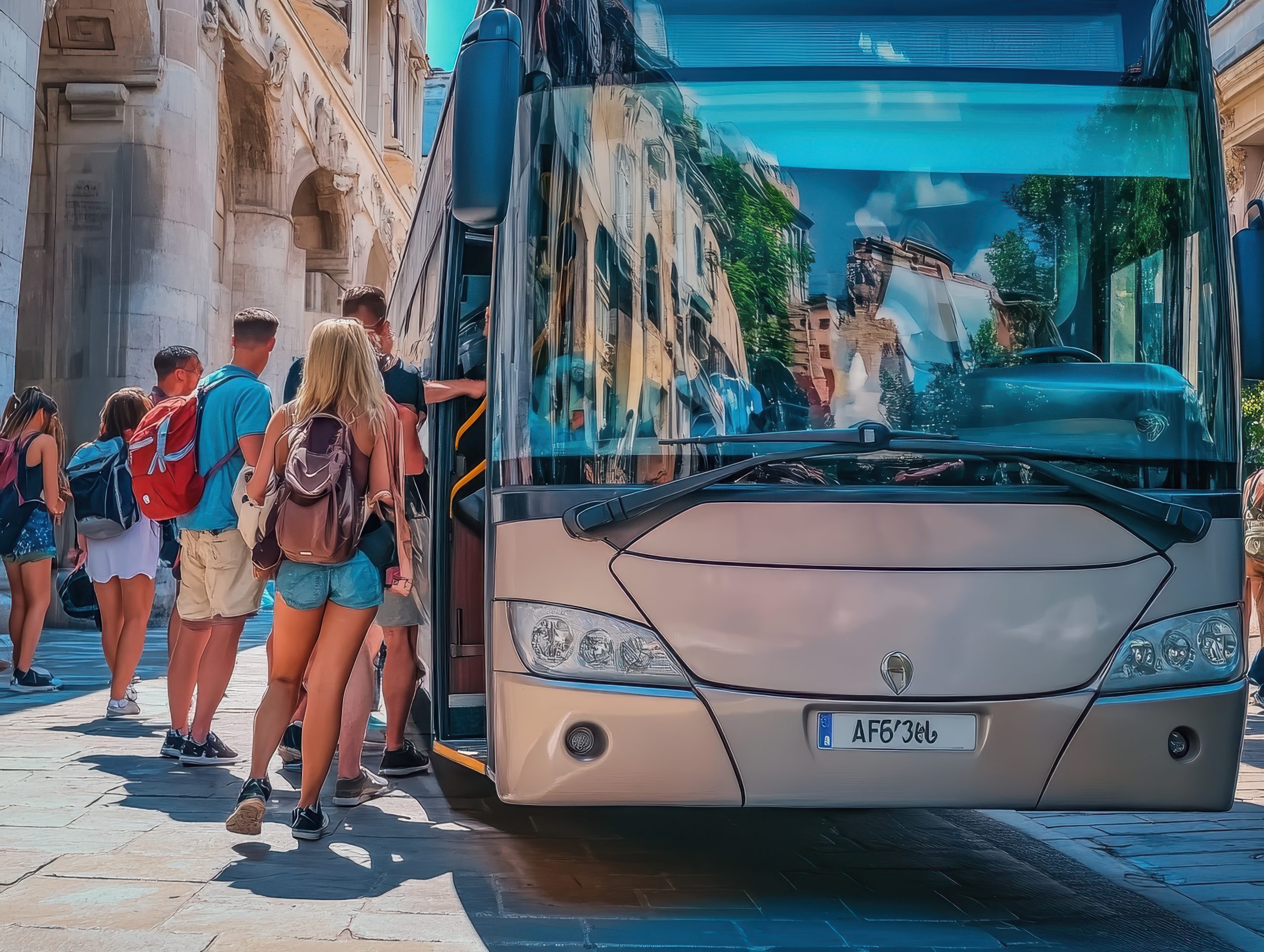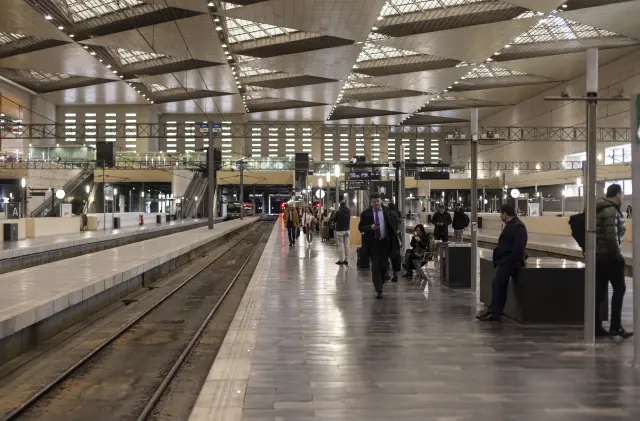Transportation is a fundamental pillar in the development of tourist activity. With the growth of global tourism, the connection between destinations and the quality of transportation have become crucial for the traveler’s experience and the sustainability of host communities. This article explores the impact of transportation on tourism development, analyzing transportation systems, development opportunities, and emerging challenges.
The Importance of an Efficient Transportation System
An efficient transportation system not only enhances the traveler’s experience but also determines the economic viability of a destination.
Connectivity and Accessibility
Connectivity is vital for attracting tourists. According to the UNWTO, destinations with good air connectivity see a 10% increase in international tourism compared to those with limited connections. For example, the case of Lisbon, which has seen a 20% growth in tourism since the expansion of its airport, highlights how accessibility can transform a destination.
Furthermore, intermodal transportation systems, which combine different types of transport (such as trains, buses, and bicycles), have proven effective in cities like Amsterdam, where 60% of trips are made by bicycle, thus facilitating mobility and improving air quality.
Impact on the Local Economy
Investment in transportation also boosts the local economy. According to a study by the International Air Transport Association (IATA), every job created in the air transport industry generates 24 jobs in related sectors such as hospitality and retail. This illustrates how transportation serves as a motor for economic development.
Development of Transportation Infrastructure
Investment in transportation infrastructure is essential for the growth of tourism and the improvement of the quality of life in destinations.
Innovations in Infrastructure
Innovations in infrastructure, such as high-speed trains in Spain, not only reduce travel time but also offer a sustainable alternative to air transport. This type of infrastructure can attract tourists to less-visited regions. For example, the AVE (Alta Velocidad Española) line has increased tourism in cities like Toledo and Córdoba, allowing travelers to visit multiple destinations in a single day.
Sustainability in Transportation
Sustainability has become an imperative. The growing awareness of climate change has led many destinations to adopt sustainable transportation policies. Cities like Copenhagen have invested in cycling infrastructure, resulting in 62% of residents using bicycles as their daily mode of transport. This strategy not only improves air quality but also makes the city an attractive destination for ecotourism.

Types of Transportation and Their Impact on Tourism
The diversity of transportation options available can enrich the traveler’s experience and promote tourism development.
Air Transportation
Air transportation is the gateway to international destinations. The expansion of low-cost airlines has allowed more people to travel, but it has also created challenges, such as airport congestion and the need for additional infrastructure. According to a McKinsey study, global air traffic is expected to grow by 4% annually over the next decade, which poses sustainability challenges.
Land Transportation
Land transportation, which includes buses, trains, and shared vehicles, is essential for local tourism. The implementation of mobility apps like Uber and Lyft has changed how tourists move in cities. However, regulating these services is crucial to ensuring passenger equity and safety.
Maritime Transportation
Maritime tourism, including cruises and ferries, has grown significantly. However, the industry faces criticism for its environmental impact. According to a UNWTO report, maritime tourism accounts for approximately 4% of CO2 emissions related to tourism. Destinations like Barcelona have implemented measures to limit the number of cruise ships and mitigate their environmental impact, demonstrating the need for a balanced approach.
Challenges of Transportation in Tourism
Despite the significant benefits that transportation brings to tourism, it faces a series of challenges that must be addressed to ensure sustainable and efficient development. These challenges not only affect the tourism industry but also impact local communities and the environment.
Congestion and Overload
Traffic congestion in popular tourist destinations can lead to a negative experience for travelers and strain existing infrastructure. The overcrowding of certain locations has resulted in the saturation of roads, public transport, and public spaces. According to a UNWTO report, 78% of tourist destinations recognize congestion as one of the main challenges they face.
Safety and Regulations
Safety in transportation systems is a crucial concern affecting both tourists and residents. Ensuring passenger safety and the proper regulation of transportation services is fundamental to maintaining trust in the sector.
For example, with the rise of services like Uber and Lyft, many cities have faced the challenge of regulating these platforms to ensure user safety. Regulations may include background checks for drivers, fair fare setting, and implementing adequate insurance for passengers.
Environmental Impact
Transportation is one of the main sources of greenhouse gas emissions, representing a significant challenge in the context of climate change. The UNWTO estimates that transportation accounts for approximately 20% of CO2 emissions related to tourism. Traditional transportation infrastructures, such as highways and airports, often contribute to environmental degradation.
Example: Cruise Tourism. The cruise industry has faced criticism for its environmental impact, especially on delicate ecosystems like coral reefs and coastal waters. Some cruise companies are beginning to implement more sustainable practices, such as using cleaner fuels and emission reduction technologies, but a concerted effort is needed to address this issue on a large scale.
Inequality in Access to Transportation
Inequality in access to transportation can exclude certain population groups, limiting their ability to benefit from tourism. This is especially relevant in rural or less-developed areas, where a lack of transportation infrastructure can isolate communities.
Example: Rural Areas. In many tourist destinations, rural areas lack adequate transportation services. This can limit access to tourist attractions and discourage visitors from exploring beyond urban areas. Initiatives to improve public transportation in these areas, such as developing local bus services or shared transportation options, are crucial to ensuring that all groups have the opportunity to participate in tourist activity.

Future of Tourist Transportation
The future of transportation in tourism will be marked by technological innovation and a focus on sustainability. Emerging technologies, such as artificial intelligence and Big Data, are revolutionizing the management of tourist transportation; for example, applications using real-time data can optimize routes and reduce wait times, thus enhancing the traveler’s experience. At the same time, it is essential that tourist transportation focuses on sustainability, which involves investing in renewable energy and promoting policies that prioritize environmental well-being. Initiatives like electric buses in cities such as Los Angeles are becoming more common, and the electrification of transportation is expected to expand in the coming years. According to the UNWTO, destinations that adopt sustainable practices can attract a segment of tourists who value environmental responsibility, representing a significant opportunity for the industry in the future.
Transportation is an essential pillar of tourism development, as its connectivity, infrastructure and sustainability directly affect the traveler experience and the growth of destinations. Collaboration between tourism planners and transport policymakers is crucial to address the challenges and maximize the opportunities in this sector. Prioritizing an innovative and sustainable approach not only boosts the tourism industry, but also promotes the well-being of local communities and protects the environment for future generations.






